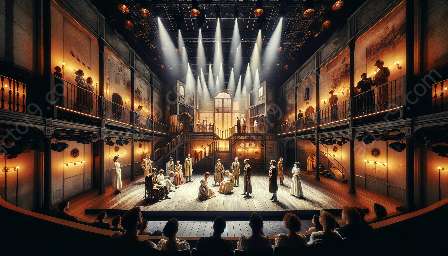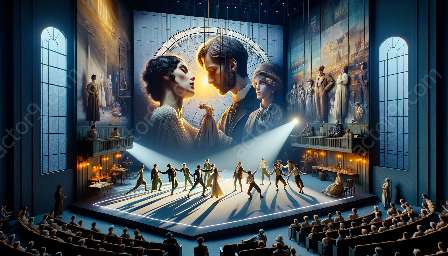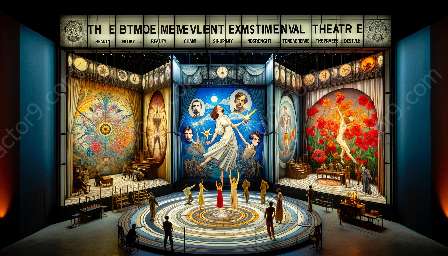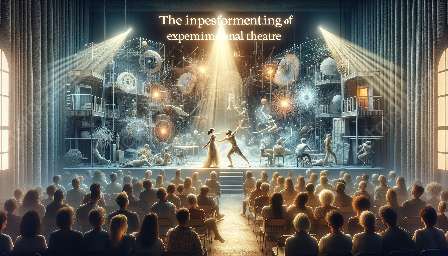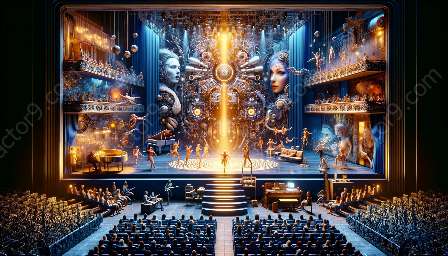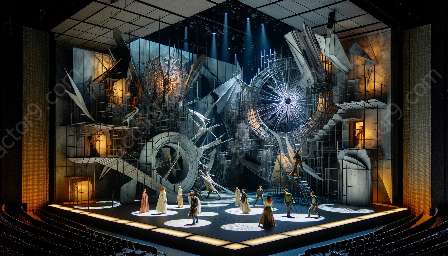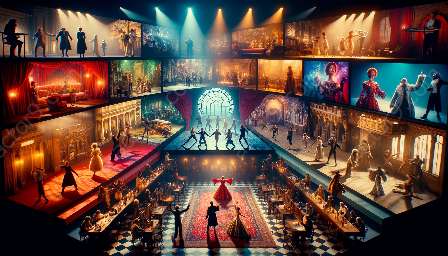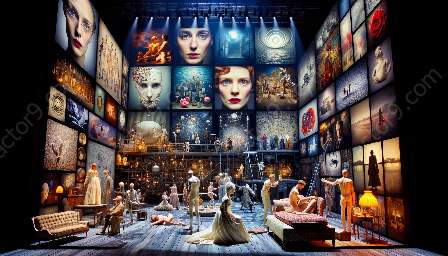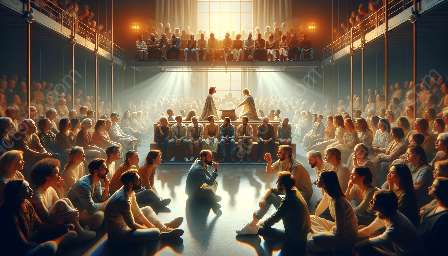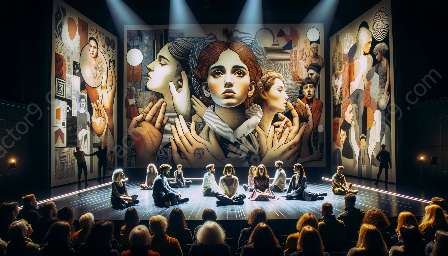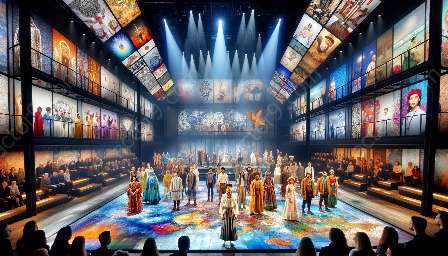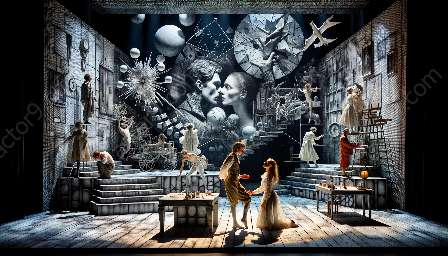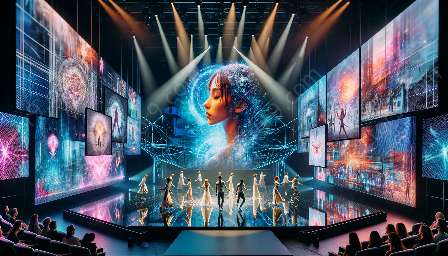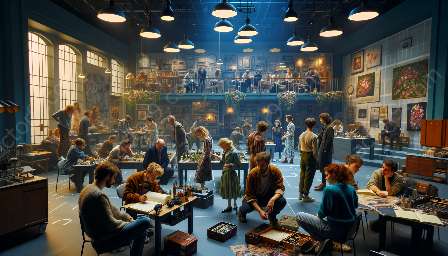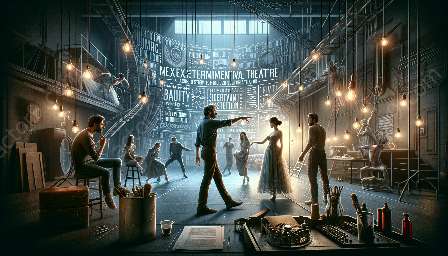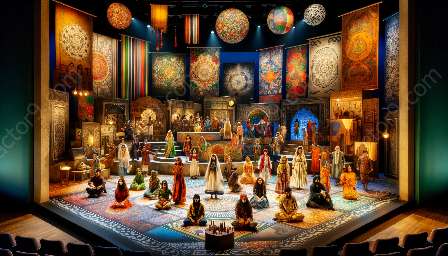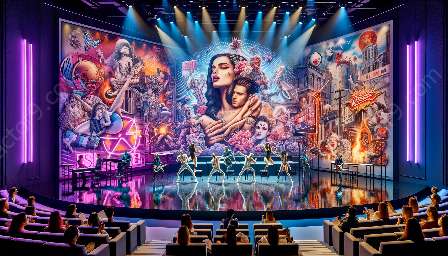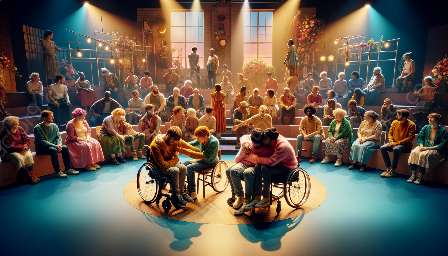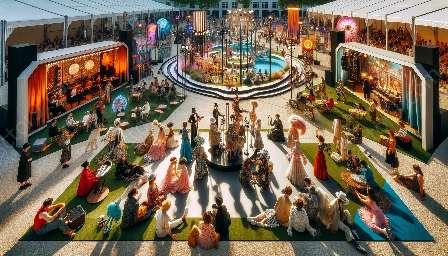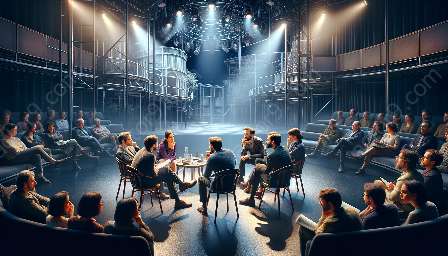Experimental theatre has long been a playground for innovation and boundary-pushing creativity, with sound and music playing a pivotal role in elevating the audience's experience. This article delves into the significance of sound and music in the context of experimental theatre, exploring notable experimental theatre works and shedding light on the profound impact of sound on audience perception and engagement.
The Theatrical Soundscape: Enhancing Immersion and Atmosphere
Soundscapes, musical compositions, and sonic elements in experimental theatre productions often serve as powerful tools for creating immersive environments and setting the tone for the audience's journey. Notable experimental theatre works such as Robert Wilson's 'Einstein on the Beach' and Merce Cunningham's collaborations with John Cage demonstrate how sound and music can reshape the spatial and emotional landscape of the theatrical experience. Through intricate sound designs and unconventional musical structures, these works transport audiences to surreal realms and challenge traditional narrative norms, fueling a sense of wonder and awe.
Shifting Perspectives: Sound as a Narrative and Dramatic Device
Unlike conventional theatre where dialogue and plot progression dominate, experimental theatre often relies on non-verbal storytelling and abstract narratives. In this context, sound and music assume a narrative and dramatic agency of their own, guiding the audience through a multisensory exploration. Notable experimental theatre productions, such as Samuel Beckett's 'Krapp's Last Tape' and Sarah Kane's '4.48 Psychosis', utilize sound and music to delve into the inner world of characters, evoke emotional responses, and challenge the boundaries of theatrical storytelling. From haunting silences to dissonant soundscapes, these works demonstrate how sound can be a linguistic force, communicating meaning and subtext beyond words.
Blurring Boundaries: Sound as a Collaborative and Interdisciplinary Tool
Experimental theatre often thrives on interdisciplinary collaboration, with sound and music serving as catalysts for dialogue between various artistic disciplines. Notable examples such as Laurie Anderson's 'United States I-IV' and Robert Lepage's 'The Far Side of the Moon' showcase how sound artists, musicians, and theatre practitioners converge to craft holistic experiences that transcend traditional boundaries. Through seamless integration of live music, sound manipulation, and audiovisual elements, these productions blur the lines between performance, installation, and concert, inviting audiences to partake in a sensory odyssey that defies categorization.
Interactive Engagements: Sound as an Agent of Audience Participation
One of the defining characteristics of experimental theatre is its emphasis on breaking down the barriers between performers and spectators, inviting the audience to become active participants in the theatrical event. Sound and music, in this context, serve as dynamic agents that facilitate interactive engagements and sensorial dialogues. Notable experimental theatre works such as Complicite's 'The Encounter' and Rimini Protokoll's 'Remote X' harness binaural audio technology, immersive soundscapes, and participatory musical structures to create sensorially rich experiences that plunge the audience into the heart of the performance, dissolving the boundaries between the real and the imagined.
Conclusion
Sound and music stand as integral components in the intricate tapestry of experimental theatre, shaping, and reshaping the boundaries of perception, narrative, and engagement. By analyzing notable experimental theatre works and their employment of sound, we gain a deeper understanding of how sonic elements can transcend the traditional confines of theatrical storytelling, inviting audiences to embark on a transformative journey where the boundaries between reality and imagination blur, and the theatre becomes an immersive sonic landscape.

